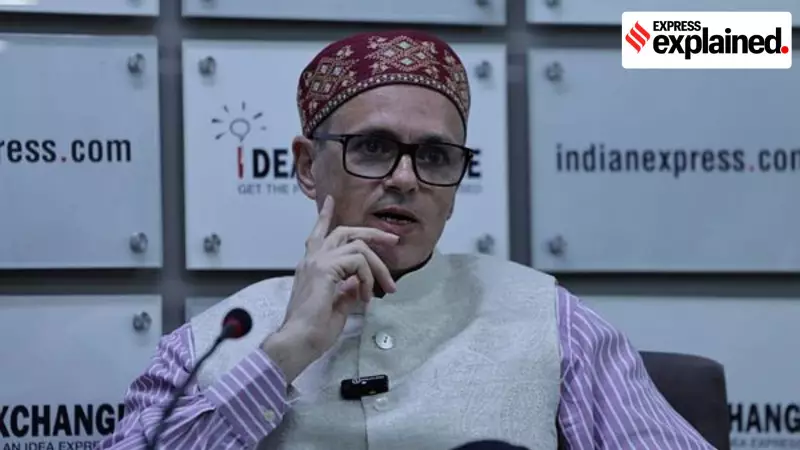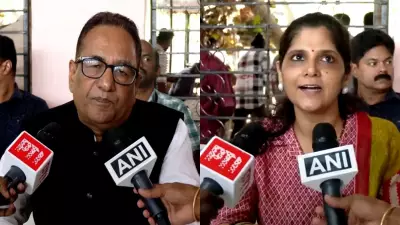
Imagine an entire state government packing up its offices, files, and staff to move between two capital cities every six months. This isn't a scene from a historical drama but a living tradition that has been ongoing in Jammu & Kashmir for over 144 years!
What Exactly is the Darbar Move?
The Darbar Move is one of India's most unique administrative practices where the seat of government alternates between Jammu during winter and Srinagar during summer. This biannual migration involves transferring thousands of government employees, sensitive documents, and essential equipment across challenging terrain.
The Historical Roots Behind the Moving Capital
This extraordinary tradition dates back to 1872 when Dogra ruler Maharaja Ranbir Singh established the practice. The initial purpose was practical - escaping the extreme weather conditions in both regions:
- Srinagar's harsh winters made administration difficult from November onwards
- Jammu's intense summers became unbearable for officials
- The move allowed rulers to maintain closer contact with subjects across regions
The Modern-Day Darbar Move Process
Today, this tradition continues with military-like precision. Each movement involves:
- Massive logistical coordination between multiple departments
- Transfer of over 10,000 employees and their families
- Movement of critical government documents and equipment
- Security arrangements for the entire convoy
The Economic Impact and Modern Challenges
While steeped in tradition, the Darbar Move faces contemporary scrutiny. The practice costs approximately ₹200 crore annually, raising questions about its viability in the digital age. Critics argue that with modern technology, physical movement of offices might be unnecessary.
"The tradition represents a significant financial burden," notes a government official who wished to remain anonymous. "However, it also supports local economies in both cities and maintains cultural continuity."
Why This Tradition Continues Today
Despite the costs and logistical challenges, several factors keep the Darbar Move alive:
- Cultural significance and historical importance
- Economic benefits for both Jammu and Srinagar
- Political balancing between the two major regions
- Administrative familiarity with the established system
The future of this 144-year-old tradition remains uncertain as debates continue about its relevance. Some propose creating permanent secretariats in both cities, while others advocate for maintaining this unique piece of Jammu & Kashmir's heritage.
As technology advances and administrative needs evolve, the Darbar Move stands as a remarkable bridge between India's rich historical traditions and its modern governance challenges.





